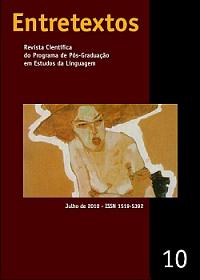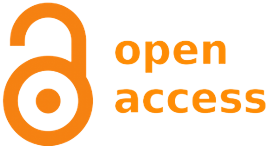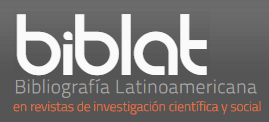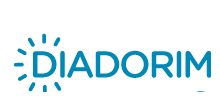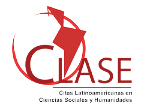Conversation analysis of two deaf students learning english: the organization of repair
DOI:
https://doi.org/10.5433/1519-5392.2010v10n1p34Keywords:
Repair, Institutional Speech-in-interaction, Deaf students, English language, LibrasAbstract
Conversation analysis (CA) with deaf students? Yes, since the language used by the deaf community, Libras, is a natural language performed by a visual-gestural channel. CA is the study of speech in everyday situations in which there is a natural interaction, called speech-in-interaction. Its main objective is to understand how the sequence of speech is generated and negotiated. This paper fits applied CA because it is based on an institutional interaction: the classroom of English. The aim is to see what happens when three parties are engaged in understanding not only English but also Portuguese and Libras. This will be done taking into account a subsystem of CA, the repair phenomenon (HUTCHBY e WOOFFITT, 2004; SCHEGLOFF, 2007; HAVE, 2007). The repair is needed to sustain the interaction intersubjectivity and ensure mutual understanding among participants. This study shows that deaf students seek to understand English language and, due to repair, they question, ask for repetitions, confirmations, they are corrected when they produce a wrong signal. The repair in the classroom serves to correct, guide, redesign and organize the communication process.Downloads
References
BARBOSA, Begma Tavares. Especialidades formais na organização do reparo: um estudo da orientação da fala para a atividade institucional. 2004. Tese (Doutorado) – Pontifícia Universidade Católica do Rio de Janeiro, Departamento de Letras, Rio de Janeiro.
BRASIL. Lei Federal n. 10.436 de 24 de abril de 2002. Dispõe sobre a Língua Brasileira de Sinais – Libras. Brasília/DF, 2002.
BRASIL. Decreto n.º 5626/2005. Regulamenta a Lei 10.436, de 24 de Abril de 2002, que dispõe sobre a Língua Brasileira de Sinais – Libras e o Artigo 18 da Lei 10.098, de 19 de Dezembro de 2000. Brasília/DF, 2005.
COULTHARD, Malcolm. An introduction to discourse analysis. New Ed. Longman, 1990.
FIGUEIREDO, Francisco José. Quaresma de. A aprendizagem colaborativa de línguas. Goiânia: Ed. Da UFG, 2006.
HAVE, Paul ten. Doing conversation analysis: a practical guide. SAGE publications, 2007.
HUTCHBY, Ian.; WOOFFITT, Robin. Conversation Analysis: principles, practices and applications. Cambridge: Policy Press, 2004.
LACERDA, Cristina B. F. O intérprete educacional de língua de sinais no ensino fundamental: refletindo sobre limites e possibilidades. In: LODI, A.C.E. et al. (org.). Letramento e minorias. Porto Alegre: Mediação, 2002. p. 120-128.
LEITE, Emeli Marques Costa. Os papéis do intérprete de Libras na sala de aula inclusiva. Coleção Cultura e Diversidade. Rio de Janeiro: Editora Arara Azul, 2004.
LEITE, Tarcísio de Arantes. A. A segmentação da língua de sinais brasileira (libras): um estudo lingüístico descritivo a partir da conversação espontânea entre surdos. 2008. Tese (Doutorado) - Universidade de São Paulo, Faculdade de Filosofia, Letras e Ciências humanas.
MARCUSCHI, Luiz Antônio. Análise da conversação. 5ª ed. São Paulo: Ática, 2001.
SCHEGLOFF, Emanuel A. Sequence organization in interaction: a primer in conversation analysis. Cambridge: Cambridge University Press, 2007. v. 1.
TANNEN, Deborah. That‟s not what I meant: how conversational style makes or breaks your relations with others. New York: Ballantine Books, 1986.
Downloads
How to Cite
Issue
Section
License
Entretextos adota a Licença Creative Commons Attribution 4.0 International, portanto, os direitos autorais relativos aos artigos publicados são do(s) autor (es).
Sob essa licença é possível: Compartilhar - copiar e redistribuir o material em qualquer suporte ou formato. Adaptar - remixar, transformar, e criar a partir do material, atribuindo o devido crédito e prover um link para a licença e indicar se mudanças foram feitas.

